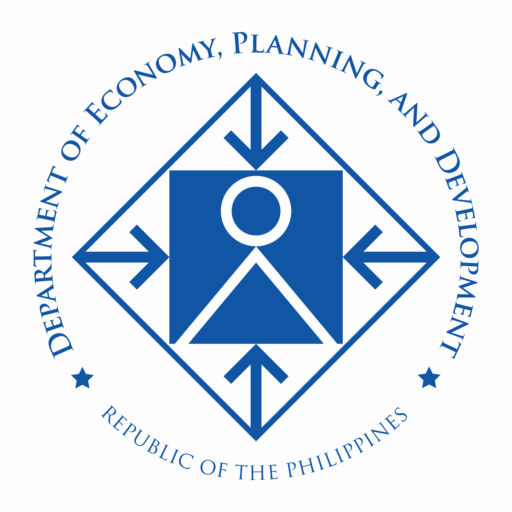The Department of Economy, Planning and Development (DEPDev) launched Monday the Trabaho Para sa Bayan (TPB) Plan 2025-2034, the Philippines’ first 10-year labor market development strategy.
The initiative outlines a long-term strategic masterplan for job creation, labor market transformation, and inclusive workforce development over the next decade, aligning with the Philippine Development Plan 2023-2028 and AmBisyon Natin 2040.
It aims to boost labor productivity and bring down unemployment rate to 3 percent and underemployment range of 7 percent to 9 percent by 2034.
The plan’s launch comes at a timely juncture, following the signing of the Economy, Planning and Development Act (Republic Act No. 12145), which transformed the National Economic and Development Authority into the DEPDev. The reform enhances the government’s capacity for strategic foresight and long-term policy coherence.
“This transformation strengthens our mandate as we integrate various socioeconomic goals into a unified and forward-looking strategy that truly benefits all Filipinos. We assure our stakeholders that the DEPDev will play a proactive and enabling role in developing policies and programs to ensure sustainable and inclusive economic growth, foster quality job creation, and produce a competitive workforce,” DEPDev Secretary Arsenio Balisacan said.
Balisacan said changes in the Philippine labor market, driven by automation, digitalization and emerging technologies pose new challenges to economic landscape. Long-term pressures such as climate change and demographic shifts further impact the labor market dynamics, he said.
“These evolving trends underscore the urgent need for adaptive policies that foster economic growth and offer essential support to Filipino workers as they navigate these evolving challenges. With our collective effort, we will create an inclusive, efficient, and dynamic labor market environment where Filipinos can access meaningful, quality jobs, enabling them to have a matatag, maginhawa, at panatag na buhay,” the chief economist said.
As part of the 10-year employment strategy, the DEPDev and the Department of Labor and Employment (DOLE) set clear benchmarks to improve job quality, inclusiveness and labor productivity by 2028 and 2034.
“These targets are grounded in evidence and aligned with our long-term vision of inclusive, resilient, and sustainable development,” said DEPDev Undersecretary Rosemarie Edillon during her presentation.
Based on the TPB’s headline indicators, the labor force participation rate, which was at 64.4 percent in 2024, is projected to climb to 68.2 percent by 2034, pushing more Filipinos into productive economic activity.
For women, female labor force participation is expected to rise from 53.8 percent in 2024 to 54 percent by 2028 and 59 percent by 2034, reinforcing the initiative’s goal of broader gender inclusion.
Unemployment, which stood at 3.8 percent in 2024, is targeted to rise to 4 to 5 percent by 2028, before declining to 3 percent by 2034.
Underemployment is expected to slow slightly to 10 percent to 12 percent by 2028 from a baseline of 13.3 percent in 2024 to 9 percent in 2028 and 7 percent to 9 percent by 2034.
To address income insecurity, the share of employed poor—currently at 16.9 percent in 2024, is seen to decline to 10 percent to 12 percent by 2028 and 6 percent to 8 percent by 2034.
The government is also eyeing to grow the percentage of wage and salaried workers in the next 10 years from 50.7 percent in 2024.
While labor productivity targets are still to be determined, the TPB framework emphasized upskilling, innovation and sectoral improvements to raise the numbers significantly in the coming years.









